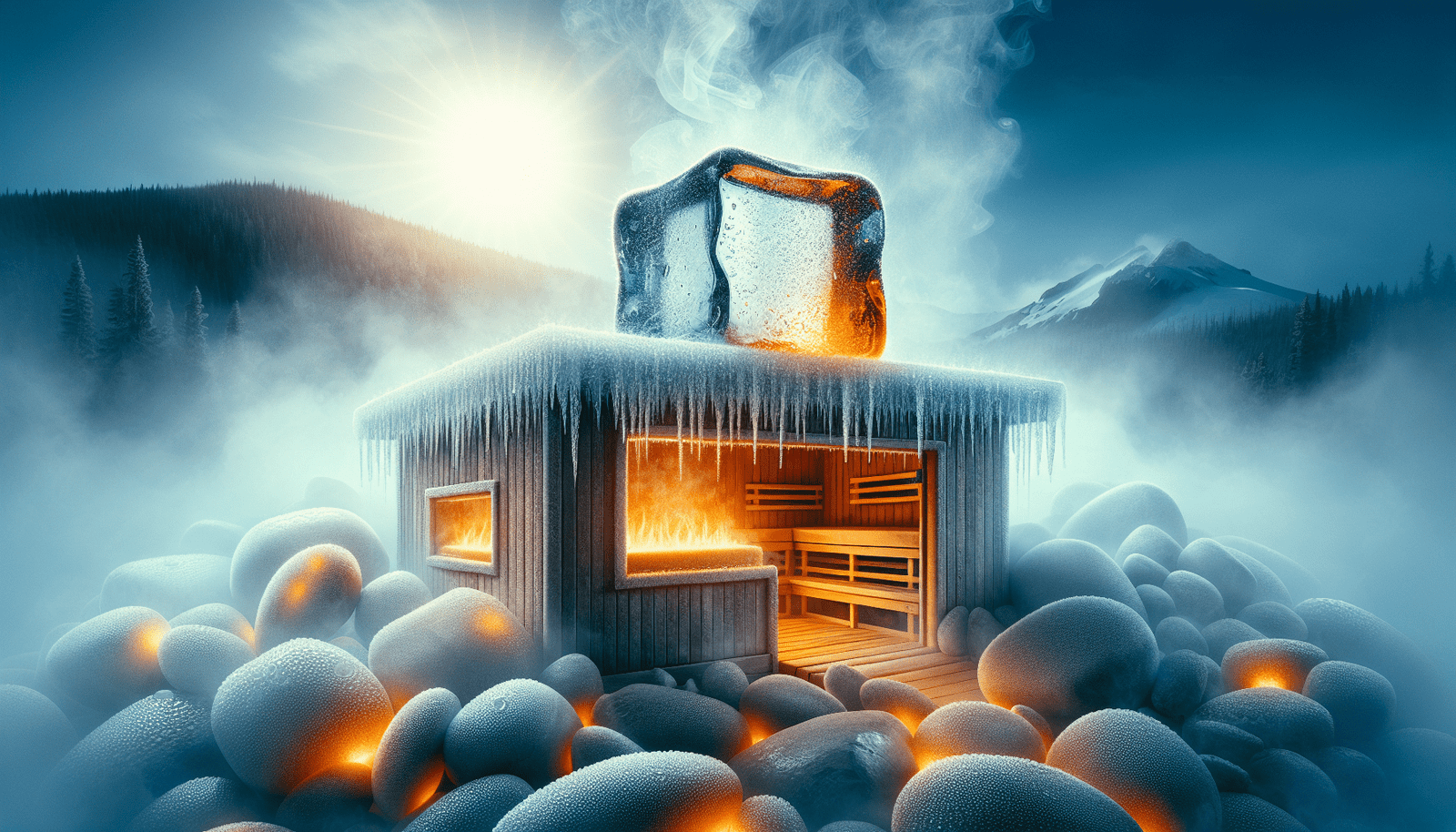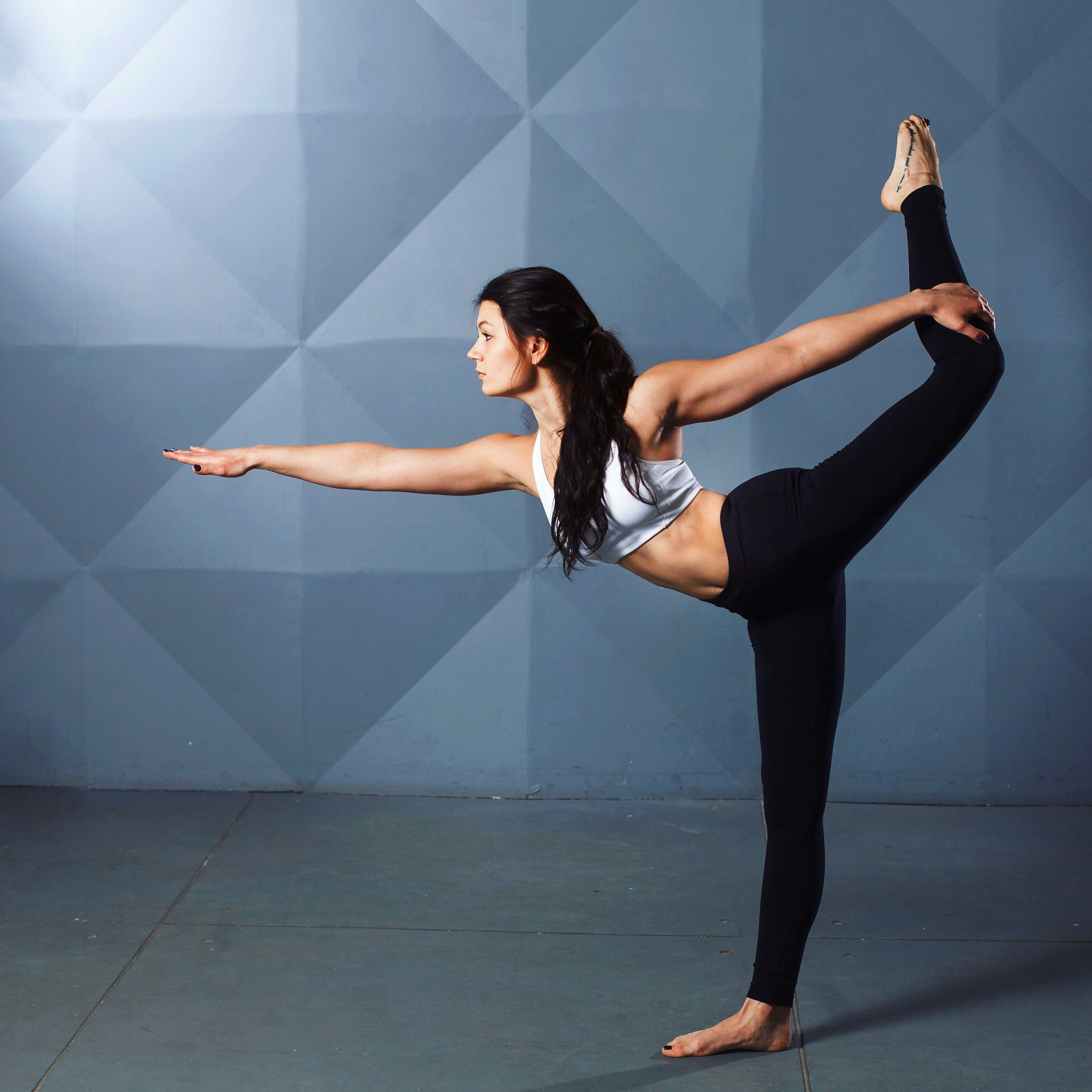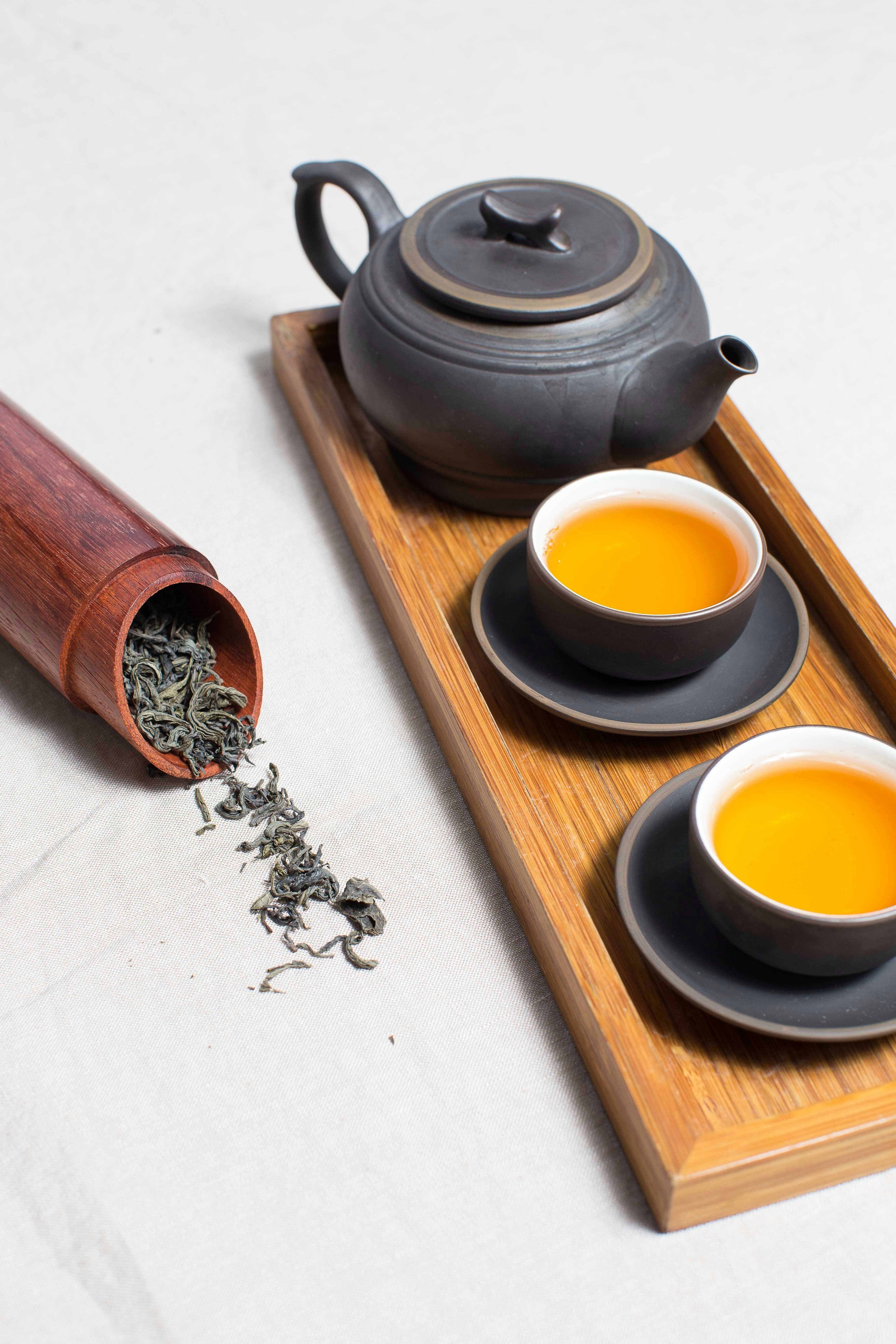Imagine stepping into a world of ultimate wellness, where icy waters and rejuvenating therapies collide. In this article, we will explore the do’s and don’ts of combining the invigorating power of cold plunges with other therapeutic treatments. Discover how to maximize the benefits of these contrasting therapies while ensuring your safety and well-being. Get ready to dive into the world of holistic healing and discover the secrets to a balanced and rejuvenated mind and body.
Understanding Cold Plunges
Cold plunges, also known as cold water immersion, involve submerging your body in cold water for a short period of time. This practice has been used for centuries and is known for its various health benefits. By subjecting your body to cold water, you can stimulate your immune system, improve circulation, and even boost your mood. However, it is important to understand both the benefits and risks of cold plunges before incorporating them into your routine.
Benefits of Cold Plunges
Cold plunges offer numerous benefits for both your physical and mental well-being.
-
Stimulates the Immune System: Cold water immersion has been shown to stimulate the production of white blood cells, which are essential for fighting off infections and diseases. By regularly exposing yourself to cold water, you can enhance your immune system’s ability to protect you.
-
Improves Circulation: When your body is exposed to cold water, your blood vessels constrict. This constriction helps to increase circulation and improve overall blood flow. As a result, your tissues receive more oxygen and nutrients, leading to improved recovery and reduced inflammation.
-
Boosts Mood and Mental Health: Taking a plunge into cold water releases endorphins, which are natural chemicals that promote feelings of happiness and well-being. Cold therapy has also been linked to a reduction in symptoms of depression and anxiety, providing a natural way to improve your mental health.
-
Increases Resilience to Cold: Regular cold plunges can help your body adapt to colder temperatures. This increased resilience can be beneficial when facing cold weather conditions, allowing you to stay comfortable for longer periods.
Risks of Cold Plunges
While cold plunges offer many benefits, it’s essential to be aware of the potential risks involved.
-
Hypothermia: Prolonged exposure to cold water can lead to hypothermia, a dangerous condition where your body loses heat faster than it can produce heat. It is crucial to monitor your body’s response and limit the duration of your cold plunges to avoid this risk.
-
Cardiovascular Stress: Cold water immersion can cause your blood pressure and heart rate to increase temporarily. Individuals with pre-existing heart conditions should exercise caution and consult with a medical professional before attempting cold plunges.
-
Respiratory Issues: Cold water immersion may induce an increase in breathing rate, potentially triggering respiratory discomfort for those with underlying respiratory conditions. If you have respiratory issues, it is advisable to consult with a healthcare professional before attempting cold plunges.
Do: Consult with a Medical Professional
Before starting a cold plunge practice, it is crucial to consult with a medical professional. They can assess your overall health and advise you on whether cold plunges are suitable for you.
Importance of Medical Advice
A medical professional can provide valuable insights specific to your individual health needs. They can evaluate your medical history, current medications, and any pre-existing conditions you may have, determining whether cold plunges are safe and appropriate for you.
Pre-existing Conditions to Consider
Certain pre-existing conditions may make cold plunges unsuitable or require additional precautions. These conditions include, but are not limited to:
-
Heart Conditions: Individuals with heart conditions, such as high blood pressure, irregular heart rhythms, or a history of heart disease, should seek medical guidance before attempting cold plunges.
-
Respiratory Conditions: If you have asthma, chronic obstructive pulmonary disease (COPD), or any other respiratory condition, it is important to speak with a medical professional to assess the potential risks and benefits of cold plunges.
Determining Suitability for Cold Plunges
By consulting with a medical professional, you can determine whether cold plunges are safe for you. They can provide personalized recommendations, considering your medical history, current health status, and individual limitations. This advice will ensure you can enjoy the benefits of cold plunges while minimizing any potential risks.
Do: Start Slowly
When incorporating cold plunges into your routine, it is crucial to start slowly and gradually increase your exposure to cold water over time.
Gradually Introducing Cold Plunges
Begin by immersing yourself in cold water for a short duration, such as 30 seconds or less. As your body adapts, gradually increase the duration of each plunge. This progressive approach allows your body to adjust to the cold temperatures without overwhelming it.
Building Tolerance Over Time
Over time, your body will adapt to the cold water, and you will be able to tolerate longer and colder plunges. By gradually increasing the intensity of your cold plunges, you can build tolerance and maximize the benefits of this therapy.
Do: Combine Cold Plunges with Warm-Up Exercises
To optimize your cold plunge experience, it is beneficial to incorporate warm-up exercises before immersing yourself in cold water.
Purpose of Warm-Up Exercises
Warm-up exercises serve multiple purposes when preparing for a cold plunge. They:
-
Increase Blood Flow: Engaging in light aerobic exercises, such as jumping jacks or jogging in place, raises your body’s core temperature and promotes blood circulation. This increased blood flow helps prepare your body for the upcoming cold water immersion.
-
Loosen Muscles and Joints: Gentle stretching exercises and mobility drills help loosen your muscles and joints, enhancing your flexibility and reducing the risk of injury during the cold plunge.
Types of Warm-Up Exercises to Consider
When preparing for a cold plunge, consider incorporating the following warm-up exercises:
-
Cardiovascular Exercises: Engage in light cardio exercises, such as brisk walking, cycling, or jumping rope, for about 5-10 minutes. This will raise your heart rate and warm up your body.
-
Dynamic Stretching: Perform dynamic stretches that involve actively moving your muscles and joints, such as leg swings, arm circles, or torso twists. These exercises help improve flexibility and prepare your muscles for the cold plunge.
Benefits of Combining Warm-Up Exercises with Cold Plunges
By incorporating warm-up exercises before your cold plunge, you can enhance the overall effectiveness of the therapy. Warm-up exercises improve blood circulation, loosen muscles and joints, and mentally prepare you for the cold immersion. This combination helps maximize the benefits of both warm-up exercises and cold plunges.
Do: Follow a Proper Cold Plunge Technique
To ensure a safe and effective cold plunge experience, it is essential to follow a proper technique.
How to Safely Perform a Cold Plunge
Follow these steps to safely perform a cold plunge:
-
Choose a Suitable Water Temperature: Start with water that is slightly cooler than your body temperature (around 60-70°F or 15-21°C), and gradually decrease the temperature as you become more comfortable with colder water.
-
Slowly Enter the Water: Enter the water slowly, allowing your body to acclimate to the temperature change gradually. Start with immersing your feet and gradually move up to your waist, chest, and eventually your neck.
-
Control Your Breathing: Take slow, deep breaths while in the water to help regulate your body’s response to the cold. This can help you relax and reduce any initial shock to your system.
-
Monitor Your Timing: Limit the duration of your cold plunges to typically 2-5 minutes, particularly when starting out. As you become more experienced and your body adapts, you can extend the duration if you feel comfortable doing so.
Precautions to Take During a Cold Plunge
While performing a cold plunge, it is important to take necessary precautions:
-
Never Plunge Alone: Always have someone nearby, especially when starting out or if you have any health concerns. They can provide assistance or seek help if needed.
-
Avoid Putting Your Head Underwater: To minimize the risk of cold shock, it is advisable to keep your head above water during your cold plunge.
-
Listen to Your Body: Pay attention to any discomfort or signs of distress during the cold plunge. If you experience dizziness, chest pain, extreme shivering, or any other concerning symptoms, exit the water immediately and seek medical attention if necessary.
By following these guidelines, you can safely and effectively incorporate cold plunges into your routine and reap their many benefits.
Do: Follow a Post-Cold Plunge Routine
After completing a cold plunge, it is important to follow a post-plunge routine to aid in recovery and maximize the benefits you receive from this therapy.
Post-Cold Plunge Tips for Recovery
Follow these tips for optimal recovery after a cold plunge:
-
Dry Off and Warm Up: After exiting the cold water, promptly dry yourself off and change into warm, dry clothing. Use towels or a robe to warm up your body and prevent any further decrease in body temperature.
-
Hydrate and Refuel: Drink a warm or room temperature beverage, such as herbal tea or warm water with lemon, to replenish fluids and help warm your body from the inside. You may also consider consuming a small snack or meal to refuel your energy levels.
-
Engage in Light Activity: Gentle movements and light exercise, such as walking or stretching, can help promote blood flow and aid in recovery after a cold plunge. This can also help prevent muscle stiffness or soreness.
Potential Benefits of Post-Cold Plunge Activities
Engaging in post-cold plunge activities can further enhance the benefits of cold water immersion:
-
Improved Muscle Recovery: Light physical activity after a cold plunge promotes blood circulation, delivering essential nutrients to your muscles and aiding in their recovery. This can help reduce muscle soreness and enhance overall athletic performance.
-
Enhanced Relaxation and Well-being: Engaging in gentle activities, such as meditation or deep breathing exercises, can further promote a sense of relaxation and tranquility after a cold plunge. This combination of practices can enhance your overall well-being and mental clarity.
By following a post-cold plunge routine, you can optimize your recovery and continue to enjoy the positive effects of this therapy long after the initial cold immersion.
Don’t: Combine Cold Plunges with Hot Sauna
While both cold plunges and hot saunas have their own therapeutic benefits, it is important to avoid combining the two.
Potential Risks of Combining Hot Sauna with Cold Plunges
The simultaneous exposure to extreme heat and cold can put excessive strain on your cardiovascular system. This drastic contrast in temperature can potentially lead to an increased risk of cardiovascular complications, such as irregular heart rhythms or changes in blood pressure. It is recommended to separate these therapies and allow ample time between a hot sauna session and a cold plunge.
Alternatives to Combining Hot Sauna with Cold Plunges
If you enjoy the benefits of both hot and cold therapies, consider implementing them separately. Alternate between hot sauna sessions and cold plunges on different days or at different times. This allows your body to fully recover and adapt to each therapy individually, maximizing their respective benefits without compromising your overall well-being.
Don’t: Overdo It
While cold plunges offer numerous benefits, it is essential to practice moderation and avoid overdoing it.
Importance of Moderation in Cold Plunges
Excessive exposure to cold water can lead to negative consequences, such as hypothermia or increased cardiovascular stress. It is crucial to listen to your body’s limits and gradually increase the intensity of your cold plunges over time. Remember, the goal is to reap the benefits without placing undue strain on your body.
Signs of Overdoing Cold Plunges
To avoid overdoing cold plunges, watch out for the following signs:
-
Severe Shivering: Intense and uncontrollable shivering that persists after exiting the water may indicate your body is struggling to maintain its core temperature.
-
Numbness or Tingling Sensations: If you experience prolonged numbness or tingling in your extremities after a cold plunge, it could be a sign of overexposure to cold.
-
Extreme Fatigue: Excessive fatigue, weakness, or prolonged recovery time after a cold plunge may indicate that you have pushed your body too far. It is important to give yourself enough time to rest and recover between each session.
By being mindful of these signs and respecting your body’s limits, you can avoid the risks associated with overdoing cold plunges and ensure a safe and sustainable practice.

Don’t: Ignore Warning Signs
During a cold plunge, it is crucial to pay attention to any warning signs your body may be giving you.
Common Warning Signs during Cold Plunges
Be aware of the following warning signs that may occur during a cold plunge:
-
Intense Difficulty Breathing: If you find it extremely difficult to catch your breath and experience discomfort or pain in your chest during a cold plunge, exit the water immediately and seek medical attention.
-
Severe Dizziness or Light-headedness: Feeling lightheaded or dizzy to the point where you may lose balance or consciousness is a significant warning sign. Get out of the water and seek medical assistance if this occurs.
-
Uncontrollable Shivering or Severe Muscle Cramps: While shivering is a normal response to cold, if it becomes uncontrollable or is accompanied by severe muscle cramps, it may indicate that your body is under excessive stress.
When to Seek Medical Attention
If you experience any concerning or persistent symptoms during or after a cold plunge, it is essential to seek medical attention. Your healthcare provider can assess the situation and provide appropriate guidance based on your individual circumstances. Remember, it is always better to err on the side of caution when it comes to your health.
Don’t: Combine Cold Plunges with Certain Medications
Certain medications may interact negatively with cold plunges, potentially compromising your safety and well-being. It is essential to consult with a healthcare professional to understand any medication interactions before incorporating cold plunges into your routine.
Medications That May Interact Negatively with Cold Plunges
The following medications may have an increased risk of side effects or adverse reactions when combined with cold plunges:
-
Blood Pressure Medications: Cold plunges can temporarily increase your blood pressure and heart rate. If you are taking medications to manage high blood pressure, consult with your healthcare provider to determine potential risks and necessary precautions.
-
Anti-anxiety or Sedative Medications: Cold water immersion can induce stress responses, which may counteract the effects of anti-anxiety or sedative medications. It is advisable to seek medical advice to understand the potential interactions and adjust your medication routine if necessary.
Consulting with a Healthcare Professional about Medication Interactions
To ensure your safety and maximize the benefits of cold plunges, it is crucial to discuss any medications you are currently taking with your healthcare professional. They can provide specific guidance based on your medication regimen and inform you of any necessary precautions or adjustments.
In summary, cold plunges offer a range of benefits for your physical and mental well-being when performed safely and responsibly. By following the do’s and don’ts outlined in this article, consulting with a medical professional, starting slowly, incorporating warm-up exercises, following proper technique, and paying attention to warning signs, you can enjoy the advantages of cold plunges while minimizing the risks. Remember, moderation and self-awareness are key when it comes to the incorporation of cold plunges into your overall wellness routine.





